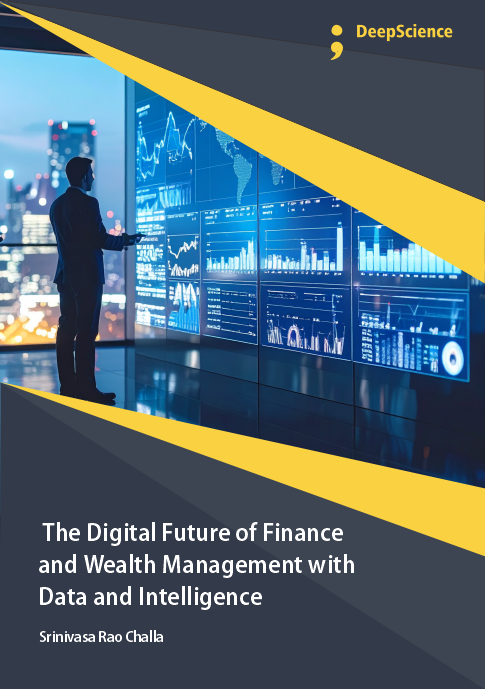Machine learning for predictive analysis in market forecasting, credit scoring, and customer behavior
Synopsis
Predictive analytics refers to the use of predictive models, cutting-edge statistical techniques, and machine learning applications to estimate by giving predictions for future data and events. Such techniques are important components of analytics and report explicitly in overcoming the limits of traditional uses of data analysis in the planning and execution of markets and business functions in providing desired performance. Predictive models are based on estimation, calibration, and validation by applying mathematical and statistical relationships between available data (Khan & Singh, 2023; Das, 2024; Jain & Sharma, 2024). These models are used to predict prospect information such as customer preferences, attitudes, interests, and buying specifications or needs; market trends and other characteristics of market supply and demand; and business performance in such areas as sales revenue, profitability, market share, customer retention, and customer lifetime value. Predictive analytics seeks ways to project such behaviors and outcomes into the future. It provides structure and systemization that methods of predictive modeling apply to use for other and often much less difficult-to-quantify, practice, and art forms of computing the correct answer. Over the years, businesses have sought difficult-to-acquire and often expensive enterprise data like customer contact information. By investing in data infrastructure development, data analytics, and data mining and employing capable data information experts, with data and business knowledge, and practitioners, data have been successfully converted into business, employee, and customer values. Machine learning algorithms and applications, together with appropriate data, have been applied to complete complex tasks requiring optimal or near-optimal performance. Well-trained and appropriately applied, these methods have achieved higher performance objectives and at lower costs than traditional methods.













